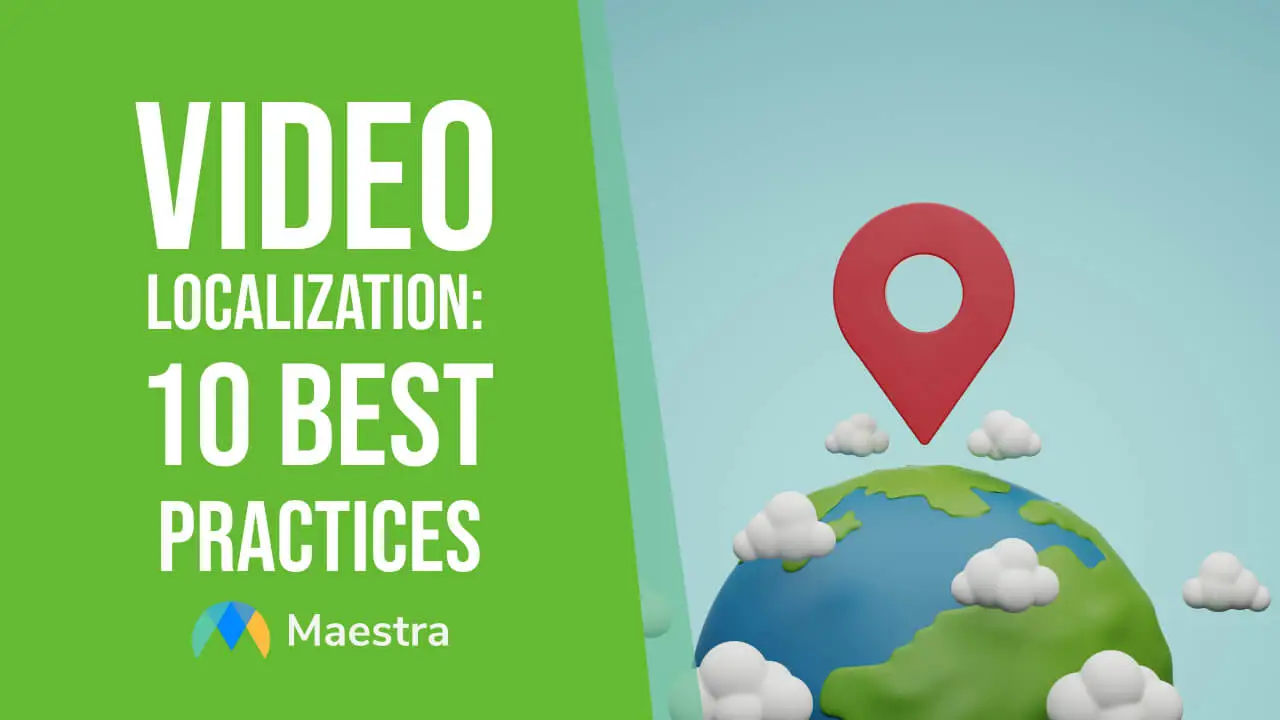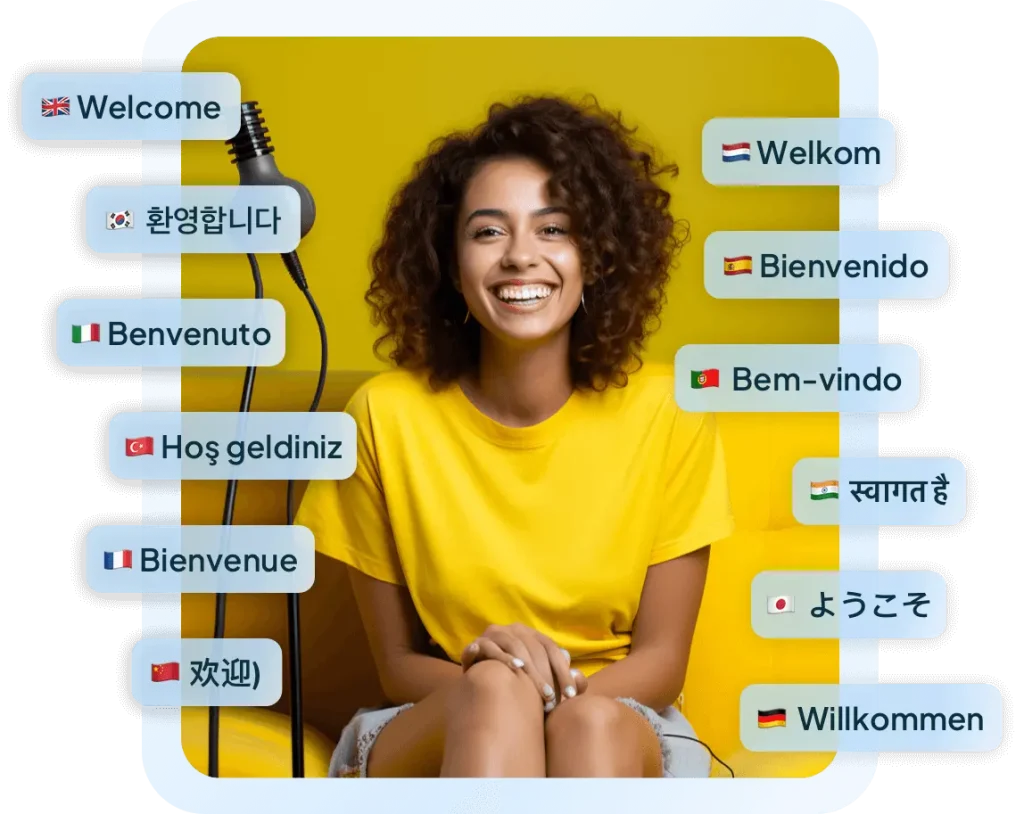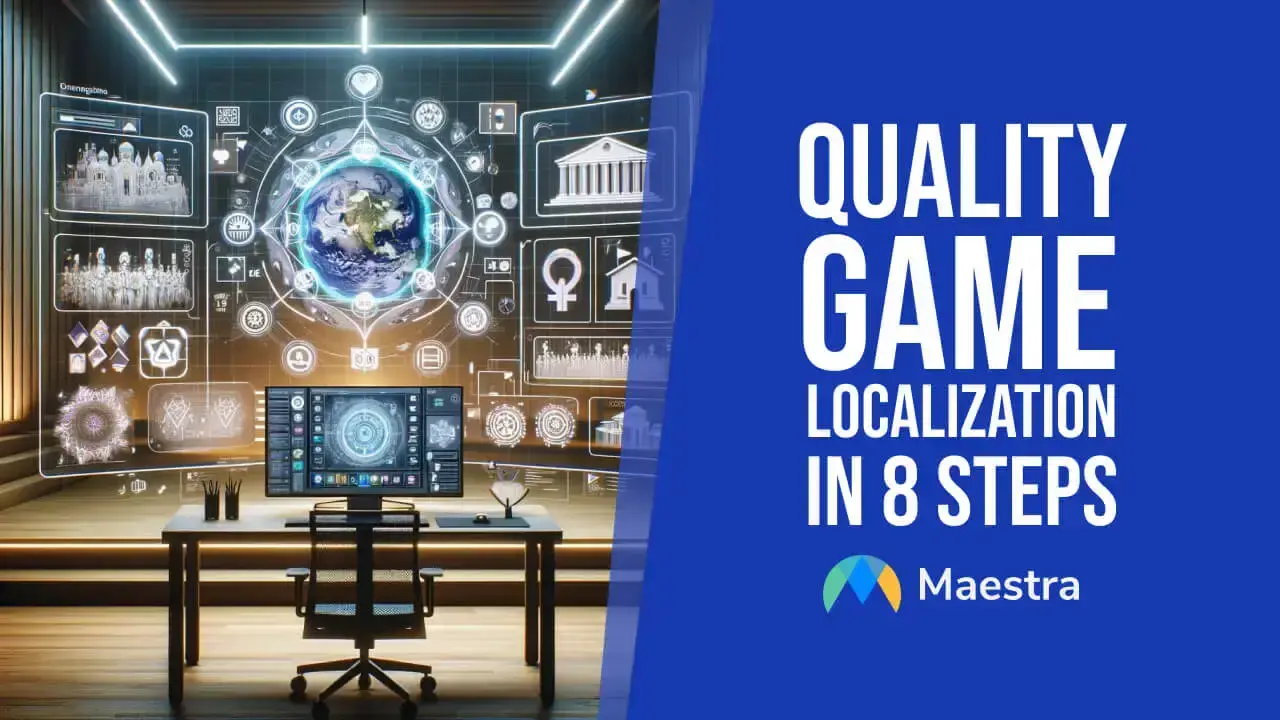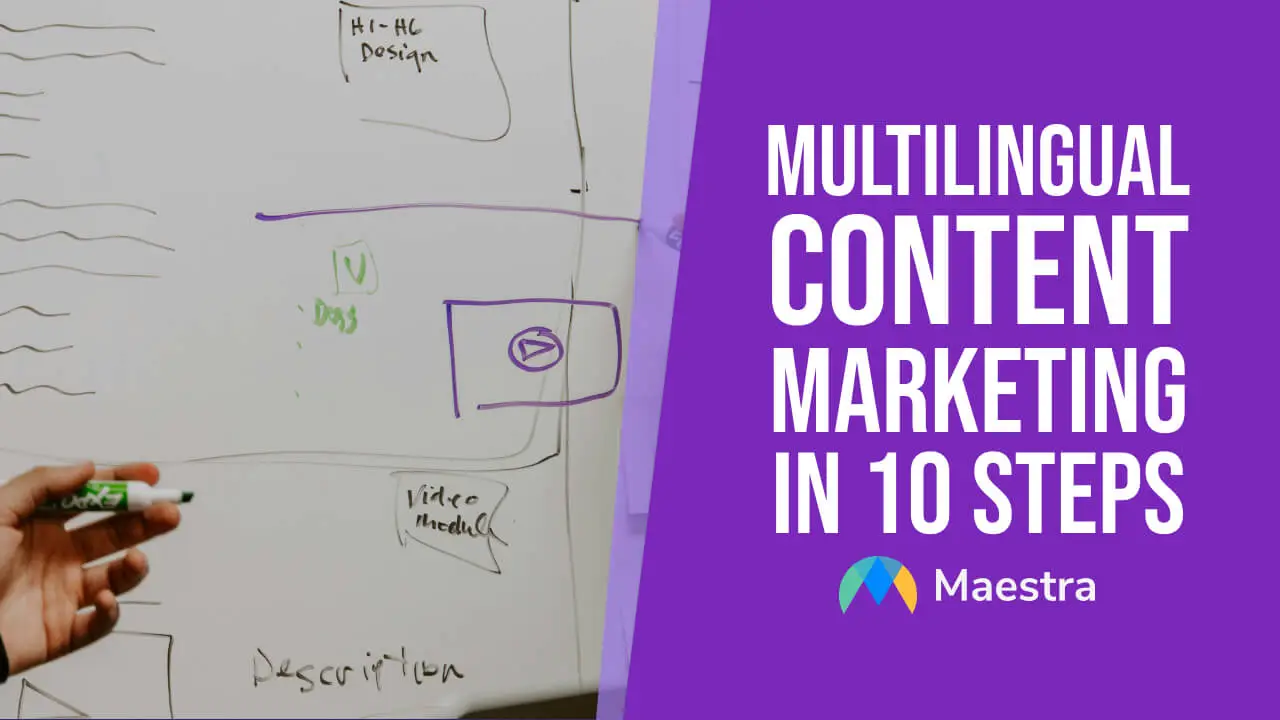What Is Video Localization? Best Practices and Examples for 2025

You know that feeling when you make an emotional connection with a video. Even though the brand, company or creator is from another country or region, you can feel the passion they convey and understand the message behind their content. This is thanks to well-executed video localization, which opens up new possibilities and experiences for both viewers and creators alike.
In this blog, we will:
- Explain what video localization is and when to use it
- List 10 best practices for video localization workflows with actionable tips and AI tools
- Share 5 great examples of video localization
Let’s get started.
What is video localization?
Video localization is the process of adapting video content for audiences in different languages, regions, or cultures. Much more than mere translation, this can include:

The goal of video localization is to ensure that your target audience understands and appreciates your content, regardless of their background. Both businesses and individuals can significantly benefit from this process, especially:
Should I localize my videos?
This is a critical question to ask before embarking on this journey. We recommend you to localize your videos if:
You can also think of these as the benefits of video localization. The practice mainly enhances viewer engagement by delivering content that feels more personalized and relevant to diverse audiences. This approach can increase your reach and brand awareness on a wider scale, lead to higher conversion rates, and foster deeper connections with your viewers.

10 Best Practices for Video Localization
Now let’s move on to the best practices to adopt if you’ve decided to enter the world of video localization. From AI voiceovers to cultural sensitivity checks, these practices will empower your multi language content strategy and build connections.
AI Translation and Dubbing
Dubbing your videos with an AI video translator can multiply your viewership while offering a natural viewing experience.
Localize Your Videos with AI
AI-Powered Subtitles
An indispensable part of accessibility, subtitles will allow viewers who don’t speak the language in the video to follow along and understand the content.

Script Adaptation
Adapting your video script will demonstrate that you mind and respect cultural differences among regions.
Visual Adaptation
Another crucial aspect of video localization, this practice makes visual elements of your content appropriate and appealing to your regional viewers.
On-Screen Text
Translating on-text screen helps viewers understand all information presented, and will contribute to your overall brand image.

Sound Effects and Music
Modifying music and sound effects will ensure the audio elements evoke the intended emotional response in the target audience.
SEO Localization
Optimized localized videos are more likely to appear in search results and can give you an edge over competitors in the market.
Cultural Sensitivity Review
A cultural sensitivity analysis can help you prevent accidentally offending or alienating your audience due to cultural misunderstandings.

Quality Assurance
Quality assurance during video localization is essential if you want the final product to meet the desired standards.
Compliance with Local Regulations
Knowing and adhering to local laws and regulations can help you avoid potential legal issues, fines, or content bans in different regions.
5 Great Examples of Video Localization
Before we conclude our blog, we want to share 5 great examples of video localization that can spark inspiration. The following cases show us how brands tailor their content for audiences around the world and maintain a consistent brand image internationally.
Uniqlo
Why they do it great: Uniqlo localizes its video content to reflect fashion trends and preferences in different cultures. This helps them connect more deeply with diverse consumers and promote the brand effectively across various markets.
Example: The Japanese brand’s YouTube channel for USA tailors content powerfully for American consumers, just as in this back-to-school video reflecting American style and this special season.
IKEA
Why they do it great: IKEA’s video localization strategy involves adapting their product demonstration, ads, and home inspiration content to reflect local tastes and languages. This ensures that their products are seen as relevant and desirable in different cultural contexts.
Example: The Swedish company’s YouTube channel for Turkey partners with local influencers for promotional videos that highlight Turkish lifestyles and interior design preferences.
Headspace
Why they do it great: Headspace localizes their meditation and mindfulness videos to suit different languages. This makes their mental health resources more accessible, promoting inclusivity and global wellbeing.
Example: Headspace’s guided meditation video translated into Spanish demonstrates the importance of voiceovers, as it allows Spanish speakers to engage with the content meaningfully.
Nespresso
Why they do it great: Nespresso goes beyond just translating the scripts of their promotional videos and advertisements. They consider cultural references, humor, and social situations to resonate with the audience.
Example: This commercial translated into French involves skillful dubbing, which captures the nuances of the target language while also keeping the core brand message intact.
Why they do it great: Google excels in video localization by customizing video topics and themes to local interests. They also use localized keywords, hashtags, and strategies to increase search engine discoverability in specific regions.
Example: Google Japan’s YouTube channel incorporates keywords strategically into video titles and utilizes text-overlays to capture attention.
Frequently Asked Questions
What is a localization workflow?
A localization workflow is the entire process of adapting content from one language and cultural context to another. Specifically, video localization workflows involve defining the goals and target audience, translation and cultural adaptation, voiceover recording and subtitling, video editing, and quality assurance.
What is a localization service?
Localization services help brands and businesses to adapt their products and content to specific markets. In case of video localization, they translate audio and text to the target language, generate subtitles and voiceovers, customize visuals, adapt metadata, and adjust technical requirements.
How much do localization services cost?
The cost of video localization services depends on several factors. Manual services are more expensive and have longer turnaround times. Meanwhile, AI translation can be significantly cost-effective compared to human translation. Ultimately, the best option depends on your specific needs and budget.
Is there an AI that translates videos?
Maestra is the AI tool you can use for hassle-free video translation. Utilizing advanced machine learning technology, the software can instantly and accurately translate videos in 125+ languages. It also offers a voice cloning feature, which you can use to generate localized audio in your own voice in 29+ languages.
How do I localize a YouTube video?
To localize a YouTube video, first translate the audio and subtitles into the target language via voiceovers and captions. Additionally, consider modifying the video’s visuals to better suit the culture of the target audience. Lastly, optimize the video’s metadata (title, description, tags) to rank higher in local search results.
Can ChatGPT translate a video for me?
As of December 2024, ChatGPT cannot translate videos, as it is not able to process video files or extract audio for translation. However, you can provide ChatGPT the video transcript and request translation. This can be a faster and cheaper starting point compared to human translation.
What is localization in subtitling?
Localization in subtitling refers to the process of translating and adapting subtitles to suit the language, culture, and context of the target audience. This can include altering phrases or references to make them more appropriate for local viewers. The goal is to ensure that subtitles are both accurate and relevant to the viewer.
Summary
This blog listed 10 best practices for video localization, and shared 5 great examples for further inspiration. It also emphasized who can especially benefit from this practice.
When localizing videos, make sure you:
- Utilize AI video localization tools, but always monitor them as AI is not flawless.
- Adjust images, sounds, and especially on-screen text for maximum impact.
- Research local keywords and incorporate them into your video’s title, description, tags, and transcript.
- Pay specific attention to cultural sensitivity to guarantee all content is appropriate and respectful for the target audience.
- Conduct quality assurance checks, and comply with local regulations to avoid trouble.
By keeping these five rules in mind, you can achieve effective video localization that appeals to a global audience and engages viewers from diverse backgrounds.



